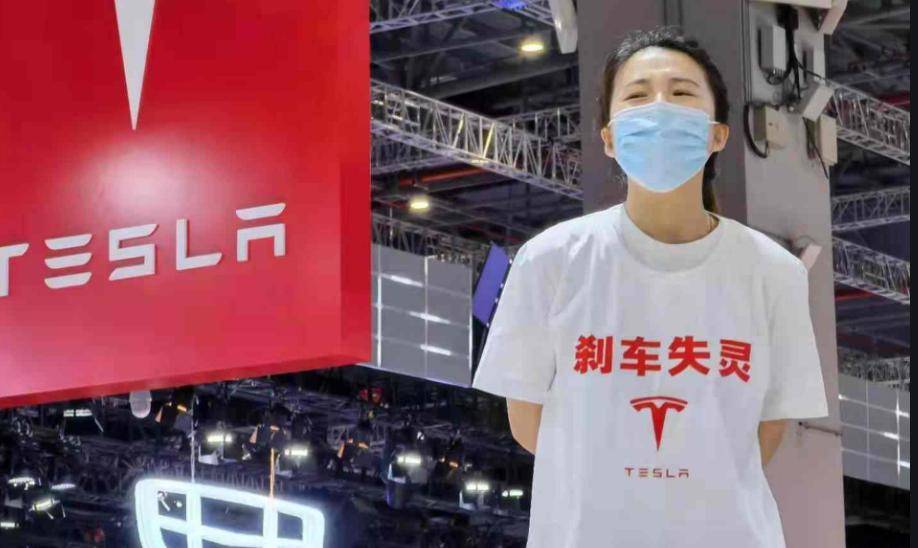At Auto Shanghai 2021, Huawei unexpectedly launched smart car components and solutions, including 4D imaging radar, AR-HUD and MDC 810.
These products are designed to help original equipment manufacturers (OEMs) build smart vehicles in the future.
1. Smart cockpit The Smart Cockpit solution uses a self-developed computing platform and HarmonyOS, accompanied by an extensive hardware and application ecosystem, provides users with extensive functionality through collaboration with OEMs. 2. High resolution 4D radar image The high resolution 4D image radar uses a large 12T24R antenna band (12 transmitting and 24 receiving channels), 24 times improvement over the antenna configuration of conventional mmWave (3T4R) and multi-channel radar 50% more than the imaging radar industry, making it the largest antenna array available for mass production. The 4D imaging radar offers a unique Non-Line Sensor (NLOS) power that detects hidden objects while maintaining better distance and velocity measurement than traditional mmWave radars.  3. Huawei MDC 810 – Super powerful computing platform HUAWEI MDC is an open, standardized platform aimed at promoting the development of the smart vehicle control industry. The company is working closely with sensor, actuator and application algorithm suppliers to build a technology ecosystem based on MDC. 4. Huawei TMS – Smart, integrated heat management system By adopting a simplified and centralized architecture of components and control functions, Huawei TMS improves the operating temperature of the heat pump from -10 degrees C to -18 degrees C, helping to improve the New energy vehicle mobility (NEV) by 20%. As the auto industry turns to electric power, thermal management systems become increasingly important. Currently, most NEVs use an inefficient PTC heating solution, which reduces the range by 30% to 40% at lower temperatures. Hence, a highly energy efficient heat pump system (twice as much as a PTC system) will be the future of heat management.
3. Huawei MDC 810 – Super powerful computing platform HUAWEI MDC is an open, standardized platform aimed at promoting the development of the smart vehicle control industry. The company is working closely with sensor, actuator and application algorithm suppliers to build a technology ecosystem based on MDC. 4. Huawei TMS – Smart, integrated heat management system By adopting a simplified and centralized architecture of components and control functions, Huawei TMS improves the operating temperature of the heat pump from -10 degrees C to -18 degrees C, helping to improve the New energy vehicle mobility (NEV) by 20%. As the auto industry turns to electric power, thermal management systems become increasingly important. Currently, most NEVs use an inefficient PTC heating solution, which reduces the range by 30% to 40% at lower temperatures. Hence, a highly energy efficient heat pump system (twice as much as a PTC system) will be the future of heat management.




























































You must log in to post a comment.